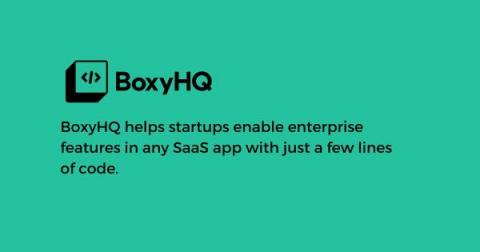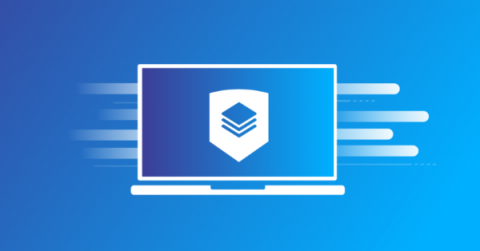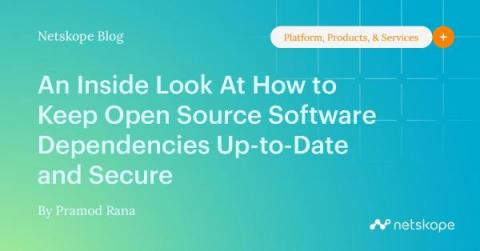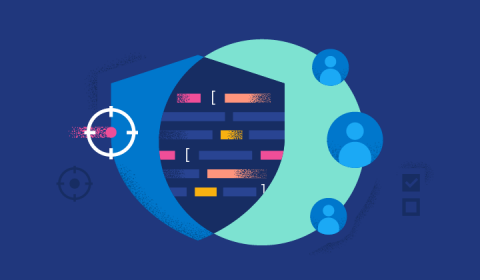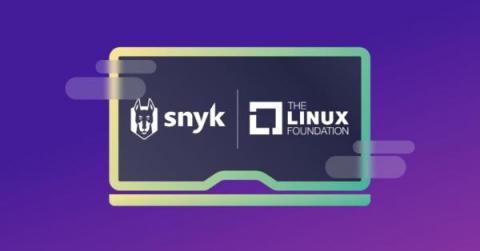Enterprise-ready SaaS Starter Kit
Enterprise-ready SaaS Starter Kit is a Next.js based SaaS Starter Kit that can save hundreds of development hours while building enterprise-ready SaaS apps. Kickstart your enterprise app development with Next.js SaaS Starter Kit Let's look at some of the enterprise-ready features the SaaS kit offers.


